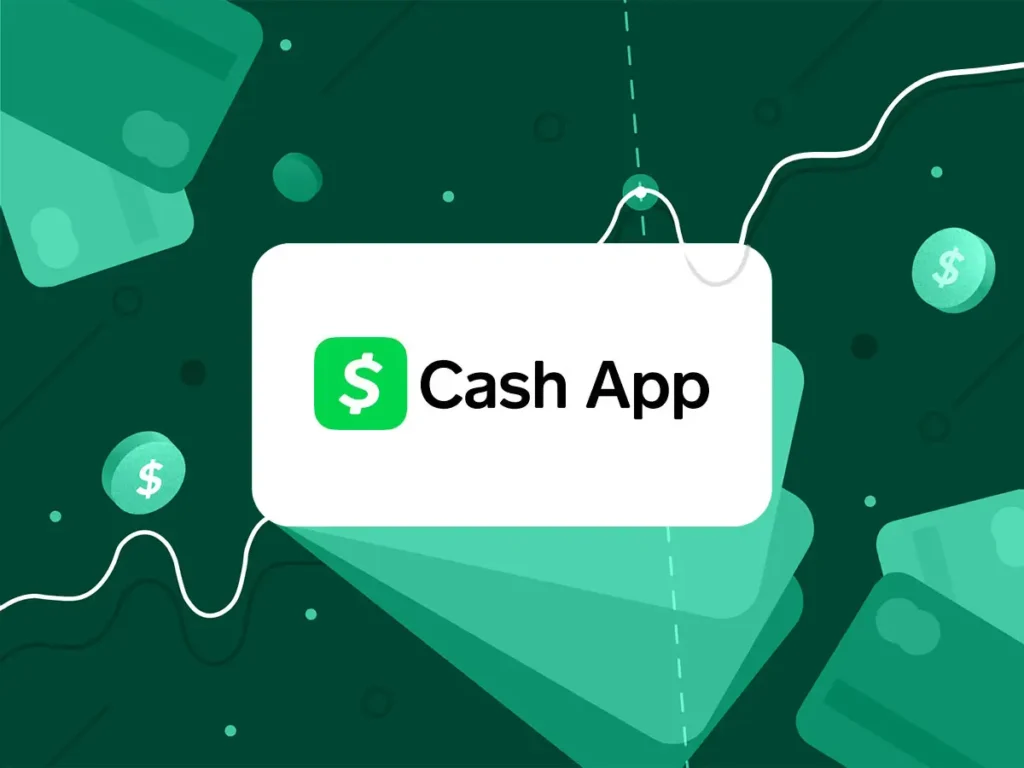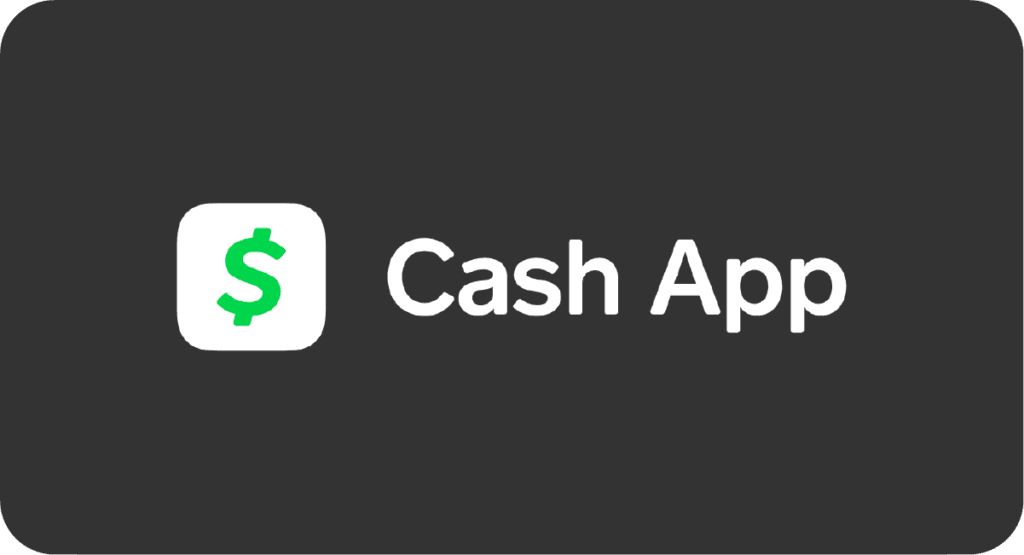In today’s fast-paced world, sending and receiving money instantly has become a necessity. Cash App account, one of the most popular peer-to-peer payment platforms, makes this process simple, quick, and reliable. Whether you want to split a dinner bill, pay a friend, or even manage small business payments, Cash App has you covered. But if you are new to it, you might wonder: How exactly can I send money on Cash App, and how do I transfer it to my bank account? Let’s break it down step by step.
Getting Started with Cash App
Before you can send money, the first step is to set up your Cash App account properly. Download the app from the App Store or Google Play Store, then register using your phone number or email address. After verification, you’ll need to link a debit card or bank account so you can fund transfers and cash out payments. Cash App will also ask you to create a unique username, known as a $Cashtag, which makes sending and receiving money even easier.
For higher transfer limits and access to all features, verifying your account is strongly recommended. A verified Cash App account not only gives you more freedom but also enhances security.

How to Send Money on Cash App
Once your account is ready, sending money is quick and effortless. Open the Cash App account on your phone and enter the amount you want to send. Then tap on the “Pay” button. You’ll be asked to enter the recipient’s details, which could be their Cash App account ID, phone number, or email address. To make things clearer, you can also add a short note describing the payment, like “Dinner” or “Rent.” Finally, tap “Pay” again, and the money will be sent instantly.
If the person you’re paying doesn’t have a Cash App account yet, they’ll receive a notification prompting them to sign up and claim the funds. This makes it convenient to send money even to new users.
How to Transfer Money to Your Bank
Cash App not only allows you to send money but also gives you the option to transfer funds to your linked bank account. To do this, tap on your balance in the app and select “Cash Out.” Enter the amount you want to transfer, and then choose between two options: Standard transfer, which is free but takes 1–3 business days, or Instant transfer, which delivers funds to your bank immediately but charges a small fee.
This flexibility allows you to decide whether you want to save on fees or get access to your money right away.
Fees You Should Know About
For most transfers, Cash App is free to use. However, there are a few cases where fees apply. If you fund a payment using a credit card, Cash App charges a 3% fee. Instant transfers to your bank also carry a small fee ranging from 0.5% to 1.75%, depending on the amount. Standard transfers, on the other hand, remain completely free.
Limits on Sending and Receiving Money
Like most payment platforms, Cash App places limits on how much you can send or receive. If your account is unverified, you can send up to $250 per week and receive up to $1,000 within 30 days. To unlock higher limits, you need to verify your account by providing your full name, date of birth, and sometimes additional identification.
Having a verified Cash App account is particularly useful if you use the app for business or frequent transactions.
Benefits of Using Cash App
There are several reasons why people choose Cash App. It’s extremely user-friendly and designed with simplicity in mind. Sending and receiving money takes only a few taps, and with the option of instant transfers, you can access your funds immediately whenever you need them.
Verified Cash App accounts also open up more opportunities, such as higher transaction limits and extra features. The platform even offers the Cash Card, a free debit card connected to your balance, as well as options to buy Bitcoin or invest in stocks.
Risks and Things to Be Aware Of
While Cash App is convenient, it does come with some risks. One major issue is that Cash App accounts for sale are often advertised online. These may seem tempting, but they are usually fraudulent. If you try to buy Cash App accounts or look for verified Cash App accounts for sale, you could end up with a compromised account that may be banned.
Another concern is mistaken payments. If you accidentally send money to the wrong Cash App account ID, it can be very difficult to recover. That’s why it’s always important to double-check details before confirming a transfer.
If you ever lose access to your account, the official Cash App account recovery process is the safest way to regain control, instead of relying on shady sellers offering quick fixes.
Tips for Staying Safe on Cash App
To keep your account secure, follow these guidelines:
- Always double-check the recipient’s Cash App account ID before sending.
- Use the security features like PIN, fingerprint, or Face ID.
- Never share your login details or sensitive information.
- Avoid shady offers like Cash App account for sale or fake verified Cash App accounts for sale.
- If your account is hacked or lost, use the recover Cash App account option through official support.
Final Thoughts
Cash App has made digital payments simpler than ever. With just a few taps, you can send money, receive payments, or transfer funds to your bank. By keeping your Cash App account verified, knowing about fees, and following safety practices, you can enjoy all the benefits without unnecessary risks.
Instead of looking to sell Cash App account options or shortcuts, focus on using your own secure and verified Cash App account. If you ever run into trouble, remember that Cash App account recovery is there to help you.
With the right precautions, Cash App can be one of the safest and most convenient tools for managing your money online.


